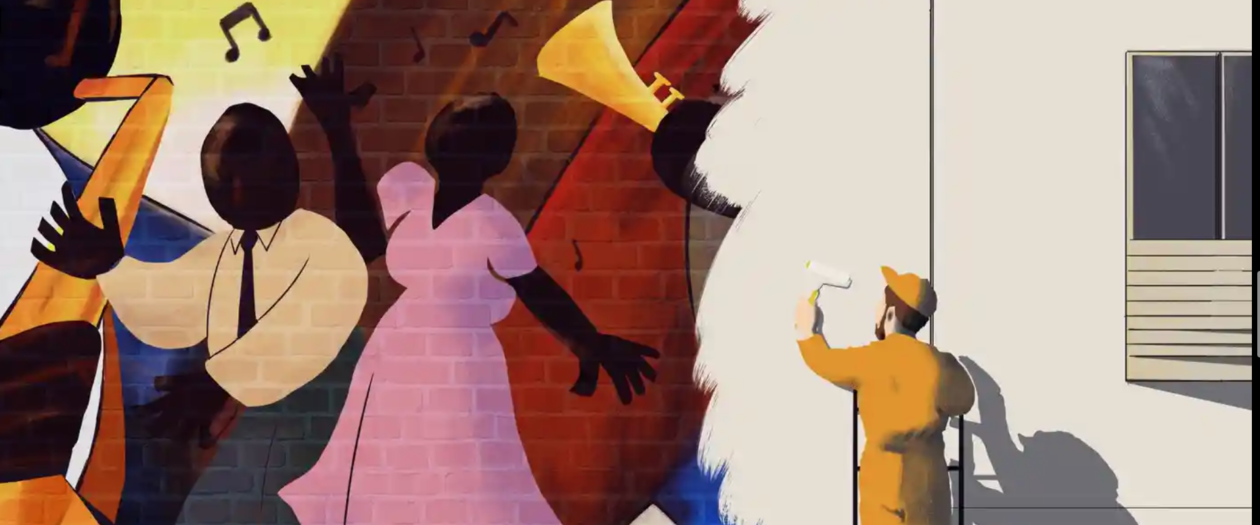Although gentrifying Harlem is meant to benefit the community and the government, Harlemites fear that the proposed changes will not benefit them. Local residents fear that new zoning actions could result in the displacement of low-income households and small businesses, and their concerns that the projected housing units would be unaffordable to Harlem residents. Many fears also speak on the plan’s lack of effective affordable housing provisions, its potential for displacement of existing residents and businesses, and its potential impact on the physical character of the neighborhood. Developers say that the rezoning will create nearly 9,000 jobs, provide hundreds of units of affordable housing and lead to more restaurants and shops in the neighborhood. However, current residents fear that along with this demographic change the street’s new face will attract wealthier people from all over Manhattan, further increasing the price of rent and eventually forcing them to leave their homes. The production of new residential homes and development of big businesses leads to the demographic of the community to shift. Harlem starts changing from predominantly African Americans to more whites. The community becomes catered to the wealthier middle and high income class. The previous residents living in Harlem are displaced and forgotten, not able to feed their children and left homeless. In the 125th rezoning documentary on youtube, many community residents expressed concerns of the new gentrification system thats going to be applied in their neighborhood, you can clearly see they are being ignored by board members and are thrown out. This goes to show that money talks, the wealthier developers are able to take away homes and businesses from families only because they are richer and are more powerful. Thus the gentrification plan caters to the popular, high income people, the plan does not include provisions to protect small merchants and low income people.
Unfortunately for Harlem, the historic capital of African American culture, the process of progress appears to be stomping out a long history of rich black culture and community. Indeed, many Harlem residents feel that the rise of increasingly unaffordable luxury housing, lack of school improvement and limited job market demonstrates the absence of meaningful investment in the community. Instead, the money coming in is being spent on commercial development.
These new developments are aimed at wealthy New Yorkers looking for a new home. The effect of the inflated housing market in Harlem transcends generations. It affects older residents whose fixed incomes make it difficult to keep up with the rising cost of living. Further, what no statistics or data articulate, is the displacement of the young people—many children born and raised in Harlem grow up and simply cannot afford to live in their city to these skyrocketing prices. Moreover, as a direct result of the growing housing prices, Harlem has seen a wave of landlord harassment claims. Local community groups and tenant associations are increasingly revealing stories of how landlords illegally charge excessive rents for stabilized units, send tenants threatening notices to leave the regulated stock, stop providing services, and threaten to deport undocumented immigrants.


